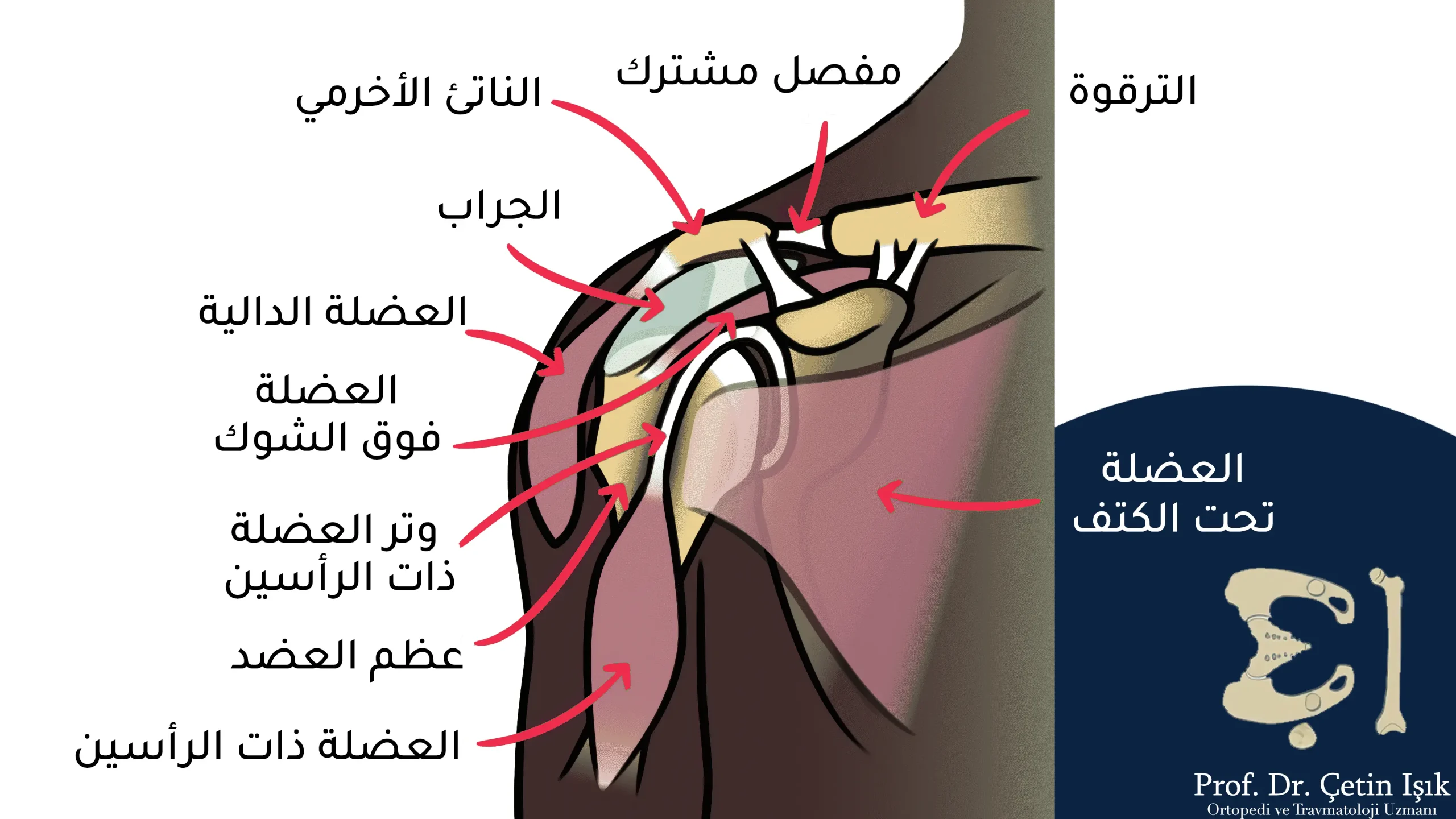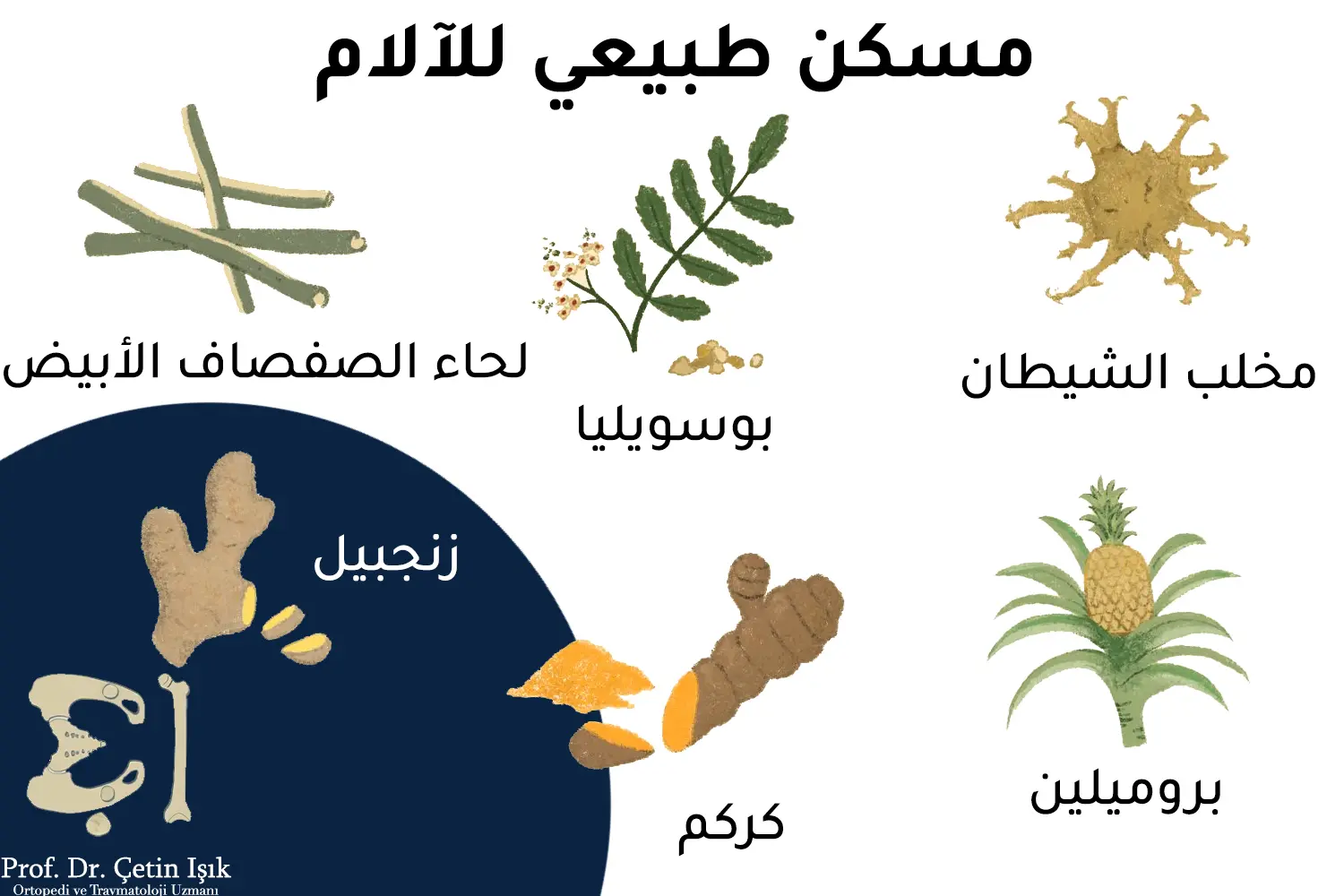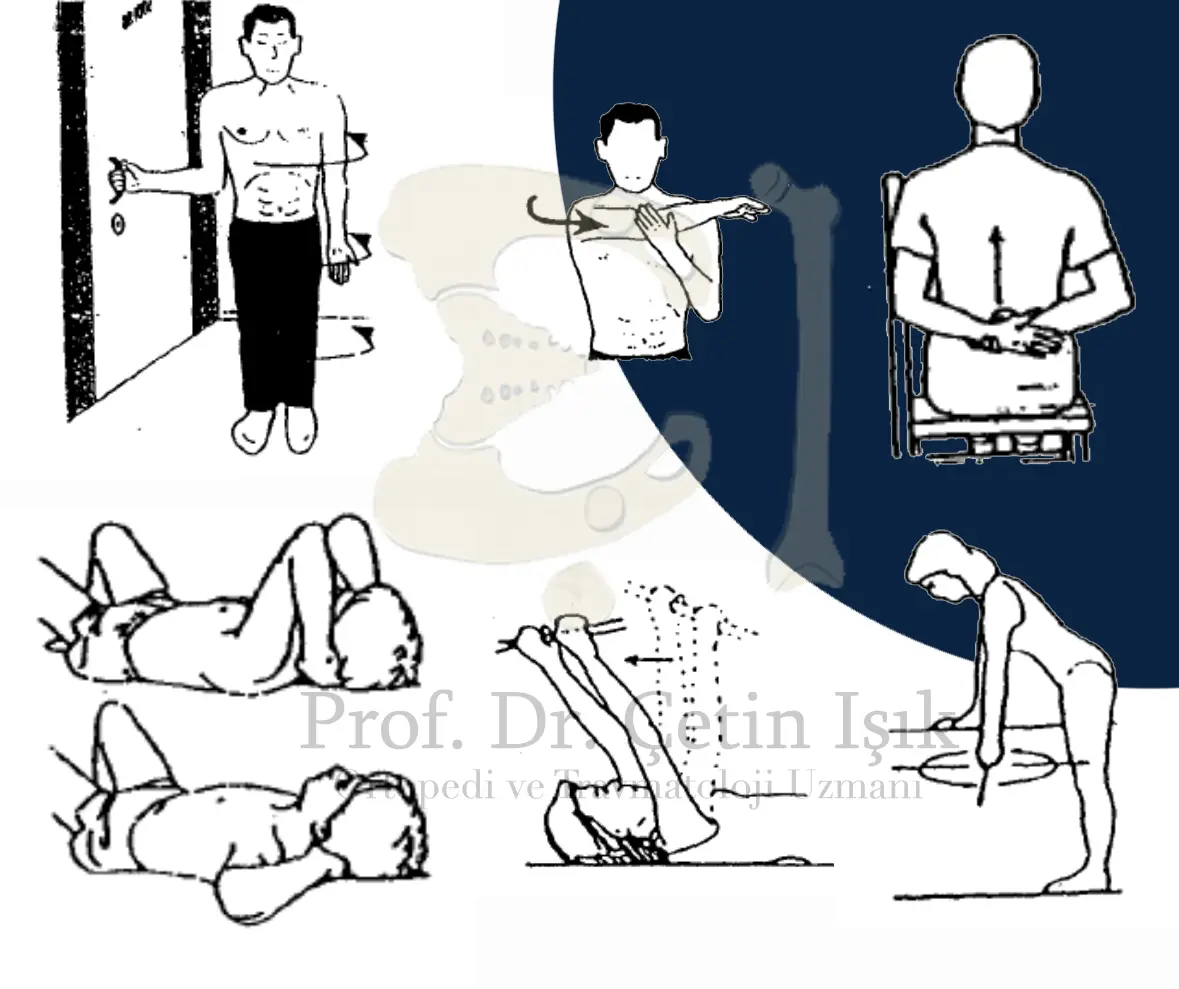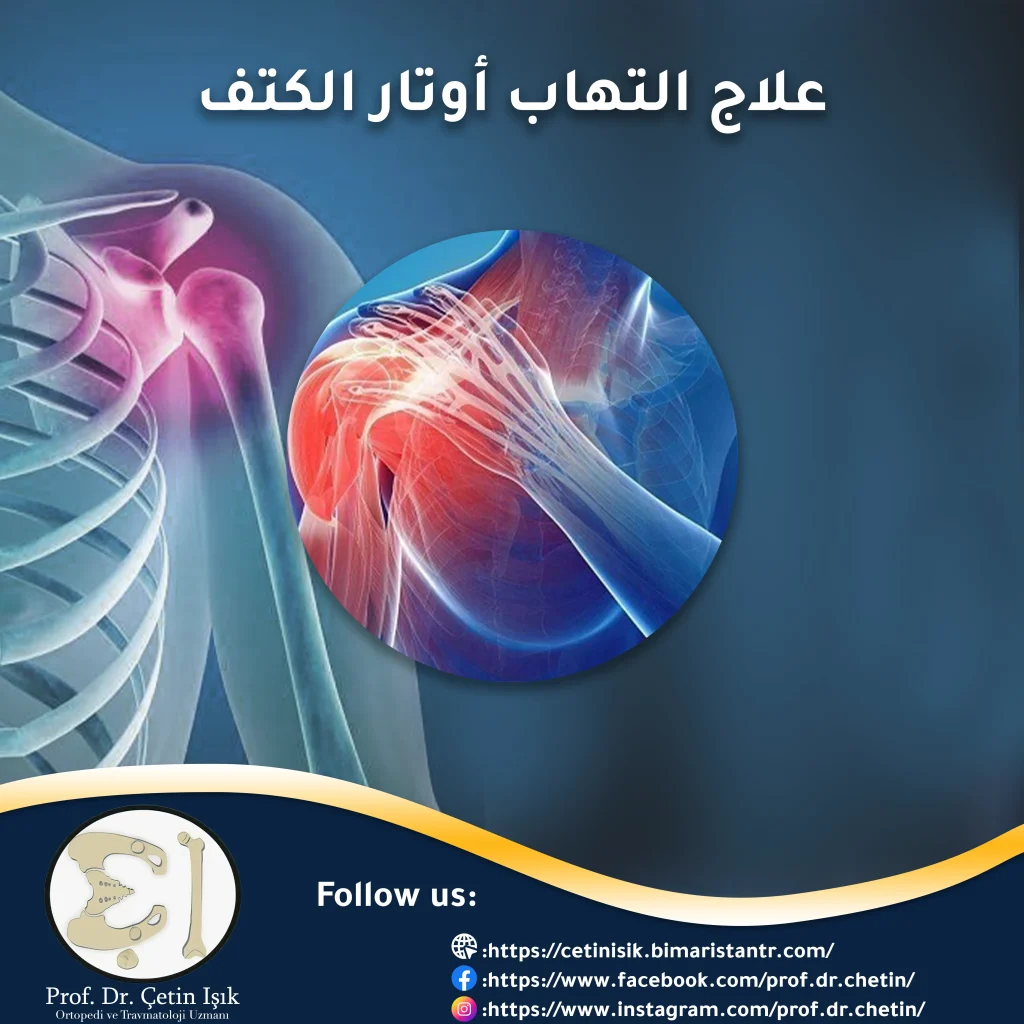The treatment of shoulder tendonitis is often to relieve pain or inflammation, except when the rotator cuff tendons are torn, then we resort to surgical treatment to repair the torn tendon or tendons.
The treatment of shoulder tendinitis Shoulder tendinitis treatment It includes many therapeutic methods, and one of the types of treatment is chosen depending on the severity of the inflammation, symptoms, the age of the patient, and the type of inflamed tendon. Shoulder tendinitis is usually treated conservatively by relieving symptoms and protecting the patient from complications. Surgical treatment is rarely resorted to except when there are some stubborn cases. On conservative treatment and the presence of tears in the rotator cuff tendons, after confirming the tear through radiography.
In this article, we will present the most important ways to prevent shoulder tendinitis, as well as how to treat shoulder tendonitis in the simplest available ways and all treatment methods?
Information on the treatment of shoulder tendinitis
Shoulder tendinitis usually occurs when the shoulder is used excessively and as a result of shoulder trauma, so it often occurs in athletes such as golfers or swimmers who use the shoulder joint frequently. The rotator cuff, the biceps tendon, or both. Shoulder bursitis affects the bursa that protects the shoulder tendons.

The treatment of shoulder tendinitis may be very simple and does not require surgical interventions, because the treatment is usually in order to relieve pain and inflammation and maintain normal shoulder movement, but surgical treatment must be resorted to when the symptoms are very severe and there is a risk to the shoulder joint.
Shoulder tendinitis is usually treated at home by taking a rest, reducing use of the shoulder joint, and avoiding sports activities that increase the pain. Shoulder pain It is considered one of the most important treatments recommended by the doctor. Applying an ice pack for between 15 to 20 minutes and repeating this three times a day is useful in order to reduce swelling in the shoulder. Wearing an arm sling to stabilize the shoulder and prevent it from moving during the recovery period.
Treating shoulder tendonitis with medication
Shoulder tendinitis medication It is used to relieve pain caused by tendinitis and reduce the complications of shoulder tendon infections. There are several treatment methods with medicines, the most important of which are:
- Take NSAIDs, such as aspirin, to help reduce swelling and reduce pain
- Cortisone injections into the shoulder joint, which helps relieve symptoms associated with shoulder tendon infections, and it is used in some cases, but not all.
- Apply ointment to treat shoulder tendinitis or Anti-inflammatory cream On the shoulder like a Voltaren medication
- Take painkillers that relieve symptoms of shoulder tendonitis, such as cetamol
Herbal treatment of shoulder tendonitis
can resort to Herbal treatment of shoulder tendonitis In some simple and uncomplicated cases, where a healthy diet must also be followed, and the most important beneficial herbs in the case of shoulder tendon infections, which naturally reduce inflammation, are:
- Ginger, turmeric and cinnamon
- Green leafy vegetables such as spinach
- Some essential oils that reduce inflammation and help relieve pain, such as peppermint oil and lavender oil

Shoulder tendonitis treatment with exercise
benefit Shoulder tendonitis treatment exercises Or physical therapy in strengthening the muscles and tendons in the shoulder and preventing the recurrence of the injury. Practicing stretching and strengthening exercises for the tendons helps in restoring the shoulder’s range of motion naturally and also in strengthening the joint muscles and relieving shoulder pain. The most important exercises are:
- Pendulum exercise
- Supine passive arm elevation
- Hands Behind the Head Stretch
- Supine cross-chest stretch
- Standing external rotation
- Behind-the-back internal rotation

Surgical treatment of shoulder tendinitis
When a partial or complete rupture occurs in the tendons of the rotator cuff in the shoulder or in the tendon of the biceps muscle, and when conservative treatment fails, when symptoms become more severe, and when there is severe pain when moving the shoulder joint, then resorting to Surgical treatment of shoulder tendons Through surgery, the inflamed cystic bursa is removed, in addition to removing part of the acromial protuberance to free up a large area for the shoulder tendons, as well as debridement of the inflamed tendons and repairing some tears. There are two types of surgical treatments for the treatment of shoulder tendonitis:
Arthroscopic treatment of shoulder tendinitis
Where the surgeon performs arthroscopy of the shoulder joint, through which three small incisions are made to insert small surgical tools and an arthroscope that contains a video camera. Shoulder arthroscopy A kind of modern procedure that helps to heal faster and it causes less pain than traditional surgery.

Open shoulder tendinitis treatment
Where the surgeon performs open shoulder joint surgery andShoulder replacement surgery Through it, an incision is made in the front of the shoulder, and this incision helps to reach the shoulder tendons, especially the rounded tendons, and the causes that cause inflammation, such as chronic bursitis, are removed.
Post-treatment of shoulder tendonitis
Most mild infections of the shoulder tendons, which are treated conservatively, usually heal completely within 6 or 12 weeks. As for infections treated with surgery, it may take between two and four months to a year after surgery to fully heal. It is important to follow certain rules after completing the treatment of tendonitis. shoulder in order to prevent the disease from recurring. The most important of these rules are:
- Avoid some sports that may cause the condition to recur
- Avoid exercising immediately after the end of treatment, but should start exercising gradually
- Stop doing any activity when feeling pain in the shoulder joint and return to complete rest until the medical staff review
- Resorting to physical therapy through important exercises for the shoulder muscles, after the shoulder tendonitis has been completely treated
At the end of the article, we conclude that the treatment of shoulder tendinitis includes pain treatment and management of symptoms associated with shoulder tendon infections. The treatment is usually conservative through rest and the use of some herbs and analgesic medications for the pain of inflammation in the tendon, or placing a splint and corsets that stabilize the shoulder joint, after ensuring that there are no tears. In the inflamed tendon by radiography, surgical treatment of shoulder tendonitis is rarely resorted to because it often heals spontaneously when conservative treatment is followed. Physiotherapy must also be resorted to after the tendonitis is completely healed.
Sources:
Common questions
There are several ways to treat shoulder tendinitis, the most important of which is avoiding activities that increase pain in the shoulder, applying cold compresses to the place of swelling in the joints, taking painkillers and anti-inflammatory drugs, injecting corticosteroids into the joint, or resorting to surgery when the tendon ruptures.
Tendonitis heals and shoulder pain usually goes away upon early diagnosis and through proper treatment and before ruptures in the tendons that may need surgery.
The recovery period varies from one patient to another depending on the severity of tendinitis and the type of treatment. Simple tendinitis takes about four weeks, while severe cases may need several months.
Treatment varies according to the severity of tendinitis, but the most important thing that the doctor recommends during treatment is to rest the shoulder joint, avoid sports activities, and take pain relievers and anti-inflammatory tendons.




